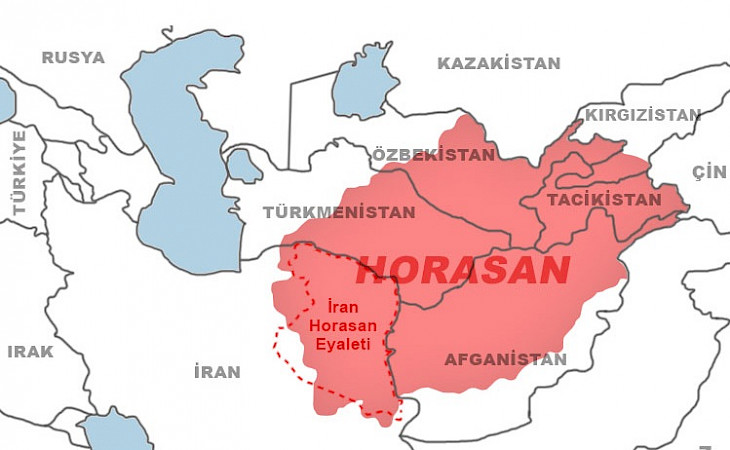Against the backdrop of other Middle Eastern news, it’s hardly heard of anymore. But… the spring of 2025 marked an alarming trend in northeastern Afghanistan: the Afghan branch of the so-called Islamic State - Wilayat Khorasan - has instead ramped up its activities, recruiting militants from among former Taliban fighters and intensifying digital propaganda targeting Muslim youth in Central Asia.
A phrase popular in Afghan analytical circles - “The Taliban is leaving, ISIS is coming” - captures the essence of this new phase of destabilization. According to local sources, around 20% of Taliban fighters have been expelled from the group - officially for disciplinary violations and corruption, but in reality due to a lack of funding and shifting internal priorities.
This has created fertile ground for a “second wave” of ISIS recruitment, particularly in the provinces of Kunar, Nangarhar, Nuristan, Laghman, Faryab, Jawzjan, and Sar-e Pol, where disenfranchised former militants were left without resources or structure.
The most active zone is the Warduj area in Badakhshan, where re-recruitment centers have been identified, employing both economic incentives and ideological indoctrination.
Today’s ISIS is no longer the tightly centralized organization of 2014. It is now a hybrid terrorist network combining local combat activity with online propaganda, flexible funding channels, and ideological outreach through the digital space.
The black market in Afghanistan sees active sales of modern American weapons, and ISIS Wilayat Khorasan (WK) actively uses cryptocurrency and darknet financial platforms for its operations.
But it is the digital component of ISIS-WK that poses the greatest long-term threat: online radicalization of youth, gaming chats, darknet platforms, pseudo-Islamic infographics, AI-generated videos in Tajik, Uzbek, and other Central Asian languages, and AI-generated pseudo-fatwas - all of this is already becoming part of ISIS’s arsenal in cyberspace.
The main threat today is not so much the physical presence but the viral digital ideology that can reshape the mindsets and values of young people. ISIS-Khorasan, using AI, may specifically target underprivileged teenagers and students in Kyrgyzstan, Tajikistan, and Uzbekistan.
It will not overlook young people with religious interests but without access to traditional theological education. Migrant workers are a particular target: thousands of young men from Central Asia live and work in marginalized conditions in Russia, Turkey, and Europe. They are easy targets for new recruiters.
Among the most worrying trends is the development of ISIS-produced videos, bot farms, and false fatwas in multiple languages through AI platforms, where religious texts are presented with "theological arguments."
In this information war for the minds of youth, it is crucial to create creative and truthful content: both state and non-state actors must support Muslim bloggers, theologians, and psychologists engaged in outreach based on the traditional Hanafi school of jurisprudence, dominant in Central Asia.
ISIS no longer requires a caliphate with flags and an army. It can exist as a virus in the minds, smartphones, and chats of young people searching for answers. This is where the real frontline lies today. Victory in this war is not only about force operations and bans but also about information, ideology, and educational protection.
Author: Kadyrov Malik
Source: Eurasiatoday.ru
CentralasianLIGHT.org
May 26, 2026

